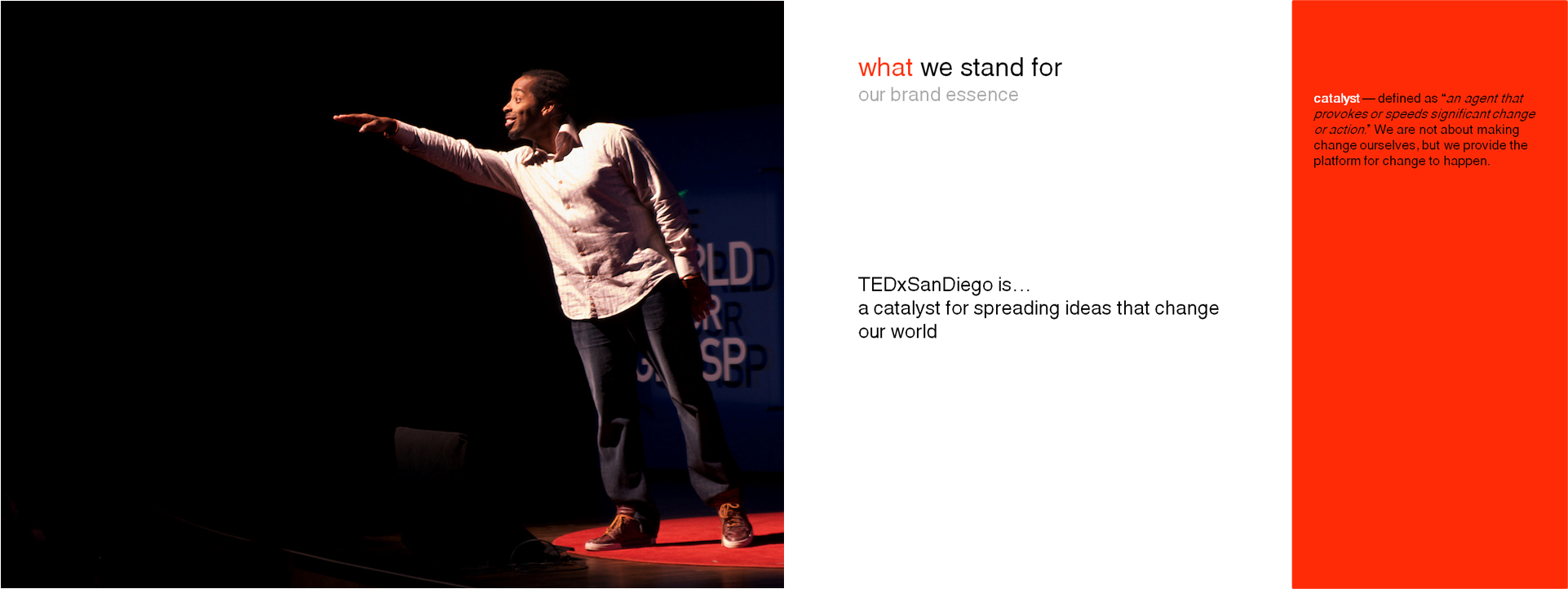If Your Employees Don’t Understand Your Brand, How Will Your Customers?
The other day I was meeting with the executive team of a growing retail chain, a prospective client. The conversation turned to the brand tagline and as the Chief Executive Officer began to explain how the tagline came to be, it became clear that no on around the table had ever heard the explanation before.
The CEO explained that he had written the line and intended part of it to convey a specific brand attribute. As he outlined his thinking behind the brand attribute, people responded with “I never knew that” and “I always thought that you meant…” It prompted a rich discussion about the importance of that misunderstood brand attribute and how it could be better expressed and brought to life for their customers.
The scene provided a stunning example of a mistake many business leaders make. They assume that people understand the background and rationale behind the brand strategy. They think that, because they know it so well themselves and they’ve talked about it so many times, everyone gets it – but more often than not, they don’t.
In this particular case, the executives are a sharp bunch and quite well-aligned on most other aspects of their business – and I should mention this retail chain is currently the darling of its industry, just having gone through a very successful IPO and growing significantly in recent years.
If such an important misunderstanding could happen at a company like this, how can you ensure similar mistakes don’t happen at yours?
One approach I use with my clients is to develop and deploy a Brand Toolbox, a collection of tools that inform, inspire, and instruct all of your stakeholders about the brand. A Brand Toolbox can take the form of a workbook, downloadable PDF, intranet site, mobile app, or even a video series, depending on your company’s communications style, infrastructure, and resources. The format is less important than the content.
The foundational content in a Brand Toolbox is an explanation of your brand strategy along with background and rationale so that everyone can understand why you’re doing what you’re doing, and definitions of key terms so everyone grasps the meaning behind the words.
Last year I worked with the TEDxSanDiego steering committee to clearly articulate our brand strategy so that we could more strongly differentiate ourselves from the multitude of other TEDxs popping up in the city and ensure alignment as the leadership team expanded. We articulated our brand essence as:
TEDxSanDiego is a catalyst for spreading ideas that change our world
We spent a lot of time discussing what we meant by “catalyst” and we wanted to share our understanding with everyone who worked on TEDxSD. So in our brand guide (a stripped down version of a Brand Toolbox, given the non-profit status of the organization), we included callouts of key terms. We did this for “catalyst” as well as other words we used in our description of our defining values and attributes, target audiences, key differentiators, and overarching experience/value proposition.
The TEDxSD brand guide became a valuable resource to the entire TEDxSD team, which regularly referred to it during the planing of last year’s program — and it was shared with TEDx organizers around the world as an example of a tool they might consider developing for their organizations.
In addition to rich and thorough coverage of your brand strategy, your Brand Toolbox should include:
- Principles and guidelines for delivering brand values and attributes at key touchpoints between your brand and the outside world
- Target customer profiles
- Sample applications for how the brand should be expressed and delivered
- Customer experience strategies and maps
- Guides that walk people through important decisions using your brand as a filter
- Outlines that map processes so that people learn how to do things on brand like select a co-marketing partner and screen a new product
- and more…
A Brand Toolbox is only the first step in achieving one clear, consistent, common understanding of your brand among everyone who works on it — but it’s a critical one that many leaders might overlook or be tempted to shortchange. You shouldn’t assume everyone gets it or decide it’s not important for everyone to get it. If you don’t engage your employees with your brand well, how can you expect them to engage your customers with it?!
related:
